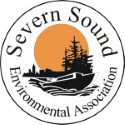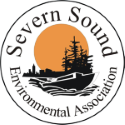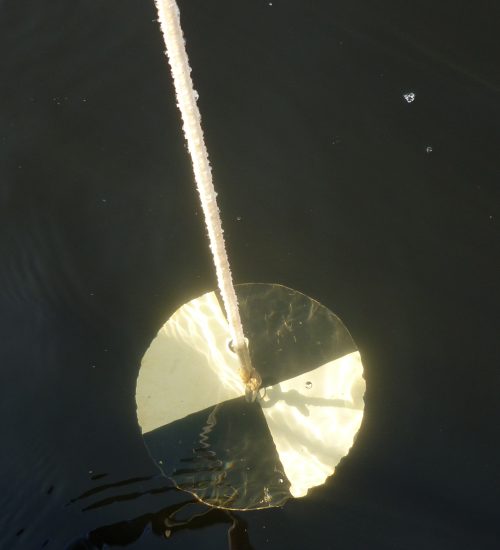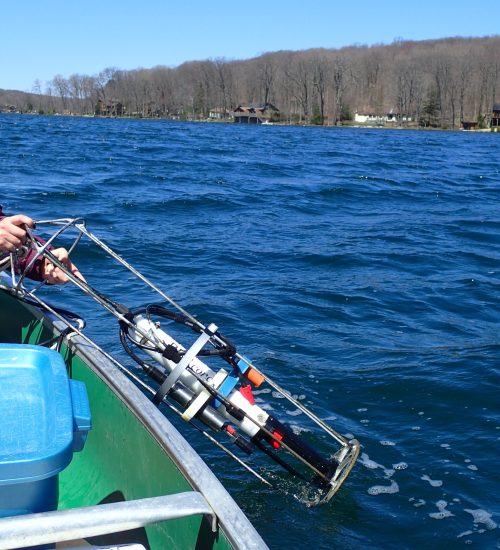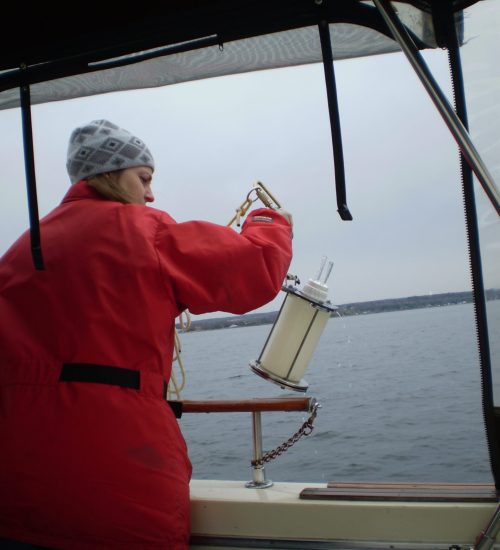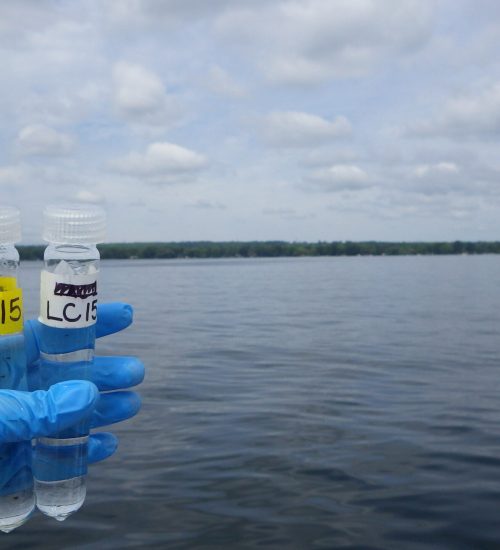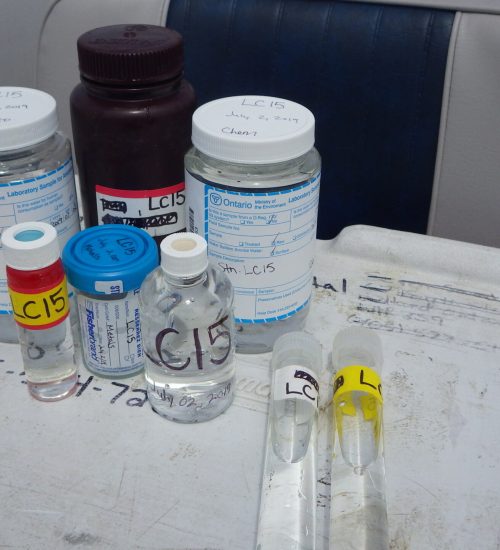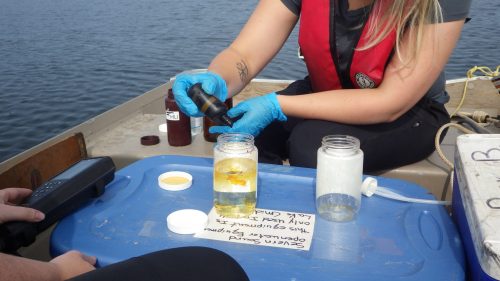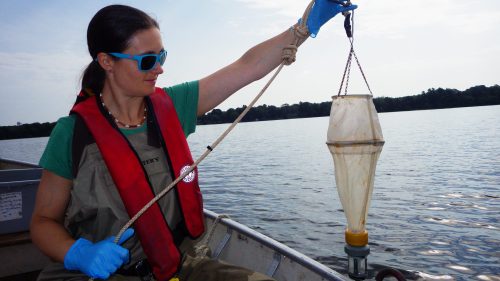Sampling Methods
Sampling sites are located in the deepest part of each lake or bay in order to capture general ambient water quality conditions that aren’t influenced by localized inputs, like a stormwater outfalls or creeks. Sampling visits are generally conducted every two weeks from May to October, and during each sampling visit, the samples and data described below are collected at the open lake sites. For lakes with inflowing or outflowing tributaries, these are also sampled for water chemistry and field measurements, including temperature, pH, conductivity and dissolved oxygen. For inland lakes, water level measurements are taken where a suitable measurement point exists, and the nearshore areas of public access points are scanned for blue green algae blooms.
Water – Chemical and Physical Variables
A Secchi disk is used to measure water clarity and total depth. Using a multi-variable sonde lowered from surface to 1 m off bottom, profiles of temperature, dissolved oxygen, conductivity and turbidity are taken.
Water samples are collected throughout the sunlit portion, or euphotic zone, of the water column at each station (2x Secchi disk depth or 1m off bottom, whichever is less) , and are analyzed at the Ministry of Environment, Conservation and Parks (MECP) labs in Dorset and Rexdale. Analyses include chlorophyll a, total phosphorus, total ammonia (ammonia + ammonium), total nitrate (nitrate + nitrite), total Kjeldahl nitrogen, major ions (calcium, magnesium, potassium, sodium, chloride, and sulphate), alkalinity, dissolved organic carbon, pH, conductivity, and a suite of heavy metals. Over the years for inland lakes, various private and government labs and methods have been used for chemistry analysis, and every effort has been made to ensure comparability over time.
Algae
Algae samples are collected using the same method as for water samples. Samples are preserved with an iodine solution and then concentrated prior to identification and counting by a trained taxonomist. Identification is to the genus or species level in most cases, and cell biomass is expressed as biovolume (mm3/m3). For context, 1 mm3/m3 of algae is the equivalent of a poppy seed in the volume of a standard size kitchen range. In some years, algae samples for each sampling visit are counted individually, while for other years, samples are pooled at the end of the season and a count is done on the annual composite sample.
Zooplankton
Zooplankton samples are collected using a cone shaped, 80 µm mesh net lowered to 1 m off bottom and hauled to the surface at a constant, slow rate. After rinsing the outside of the net with water, each sample is flushed from the collection bucket and preserved with formalin. Identification, counting, and measurements are done by a trained taxonomist. Density and biomass are estimated for each species, and identification is to the genus or species level in most cases.
